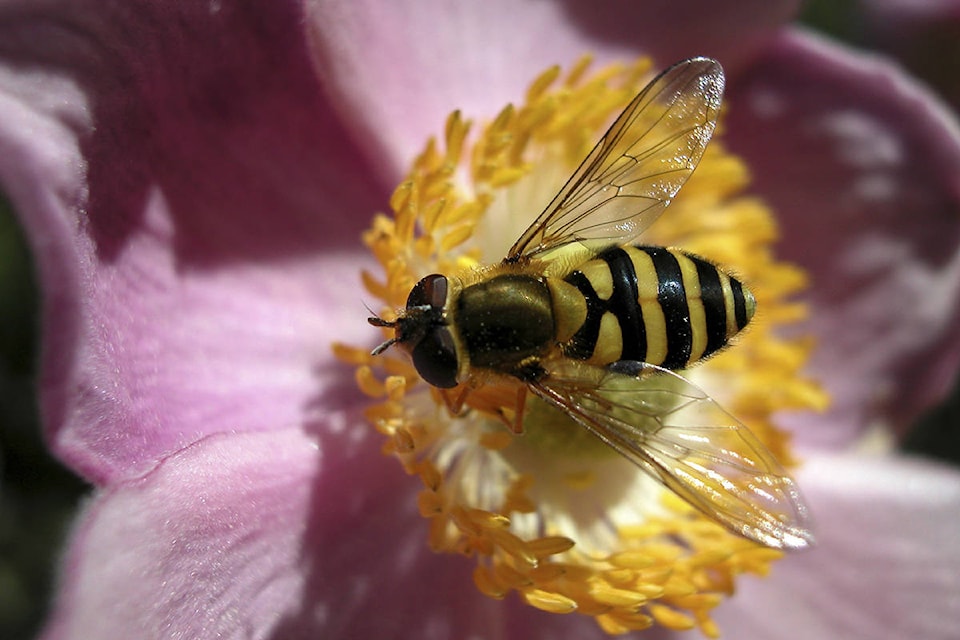Editor:
It is a lost cause to be upset about the later years’ development in White Rock.
Concrete, glass and asphalt rules, in a rush to create tax revenue for the city, wealth for developers and the prospect of work-free income for investors. White Rock has become an upper-class shantytown in the quest of squeezing as many properties as possible onto the hills.
Go to the end of the pier and look at our city, if you don’t believe me. Esthetics did not drive the development the last 100 years; money did.
Do not be sad over the loss of old trees. They do not do well with the salt, lack of water, root systems under roads and sidewalks, or the thousands of dog dribbles they are exposed to every day.
But we can do something to better the lack of diversity in the city’s fauna, other than doing voodoo on dolls resembling our city council.
And it is cheap, something that should get most people’s attention.
Despite all the concrete and asphalt, there is still acreage available around properties and stratas, which could be made into oases for small birds and bees. They are rapidly dying off in a world obsessed with cheap urban and industrial development.
Old and new developments have lawns and evergreen shrubs, which require maintenance and watering. These growths are totally sterile, and they do nothing for the environment – and absolutely nothing for the micro wildlife.
Imagine some of these areas with wildflowers and different kinds of fruit trees, giving birds and bees – other than seagulls, crows and pigeons – a chance to thrive. It is time to break with the traditional British way of gardening, and stop the incessant, noisy and expensive mowing of lawns in the summer and blowing of leaves in the autumn and winter. Just leave it all under the trees and bushes, let earthworms do the recycling, and avoid the yearly adding of fertilizer in lieu of nature’s way.
Perhaps Rotary can show leadership with the promising plan for their vacant property (City to expropriate site for ‘Town Square,’ April 11).
Modernize your strata’s landscaping, help our small animal friends to survive and give people the pleasure of looking at interesting birds, a diversity of flowers and of fruits that you might get to pick.
Do something where it helps, and if you want to show your affection for trees and indigenous growths and areas, where they can thrive and still have a chance, support the efforts to keep Burns Bog or similar areas intact without urban development.
Ole Nygaard, White Rock
